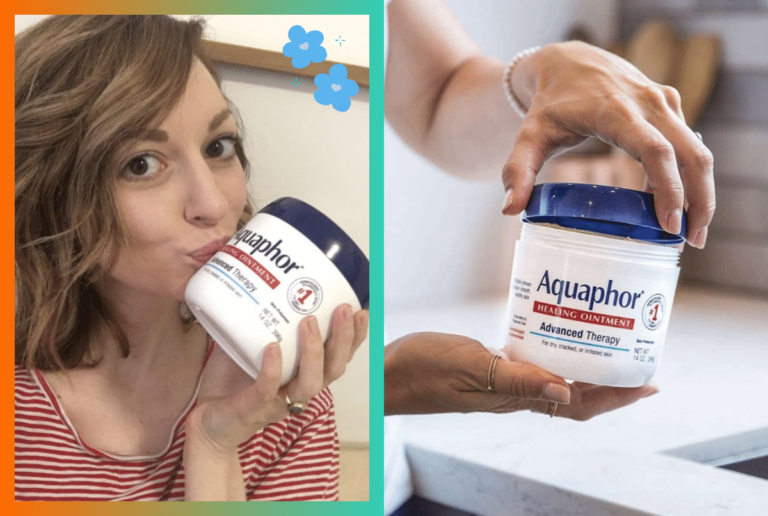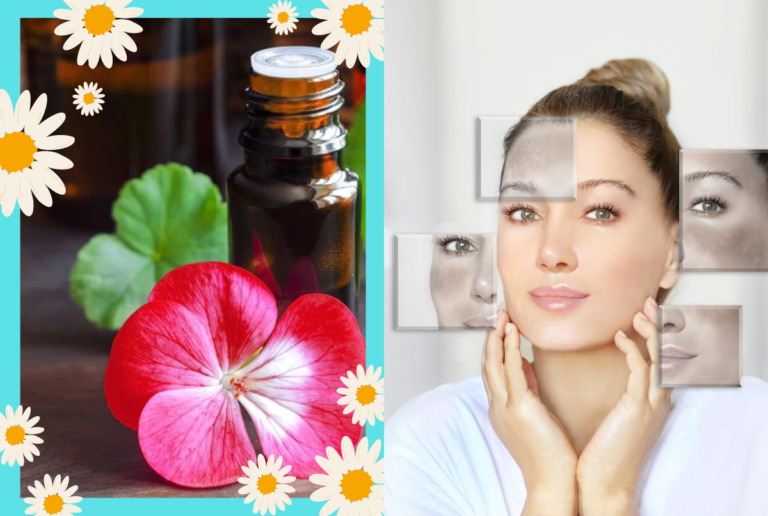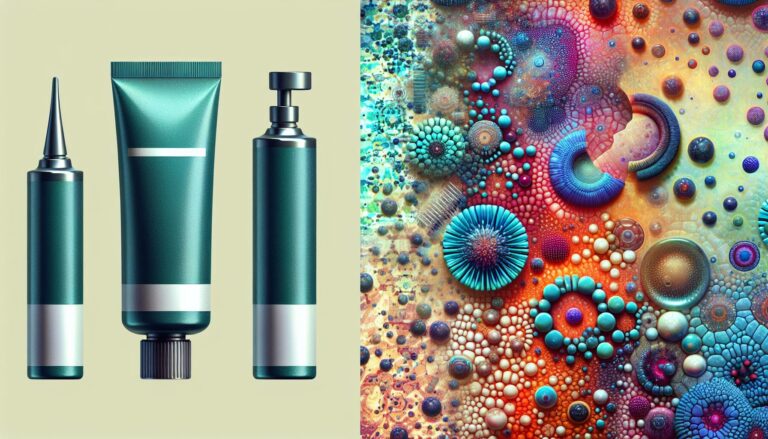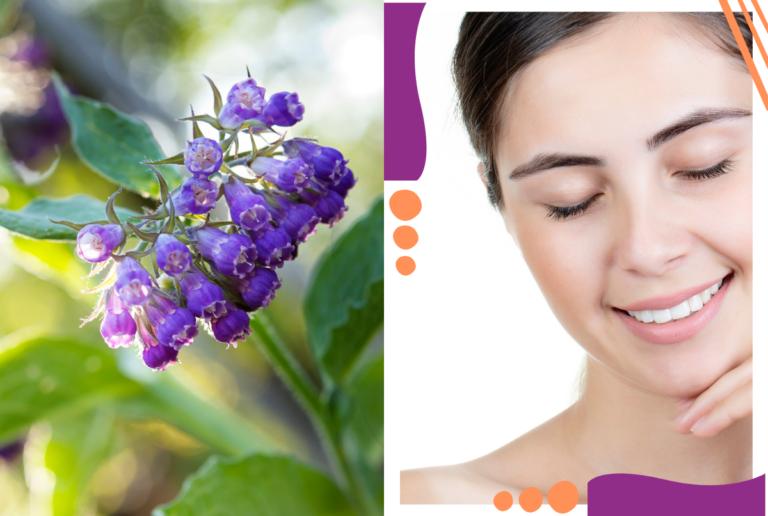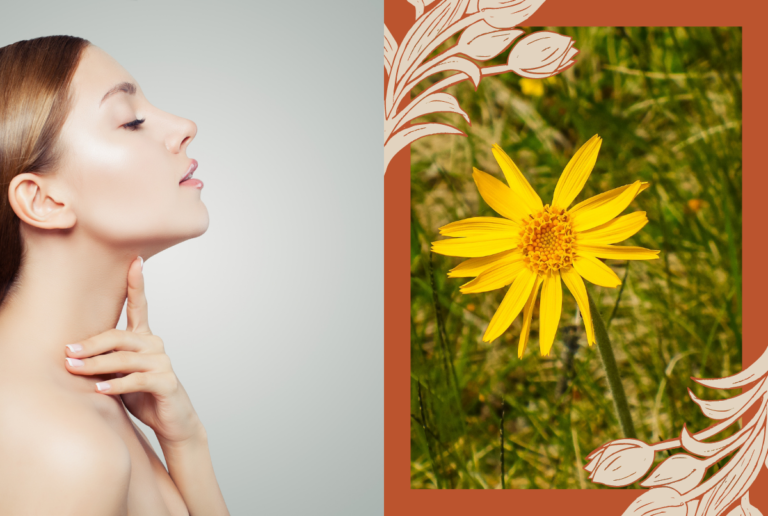How To Care For And Heal A Bruise In Just A Few Days
It is impossible to avoid bruising the skin once in a while.
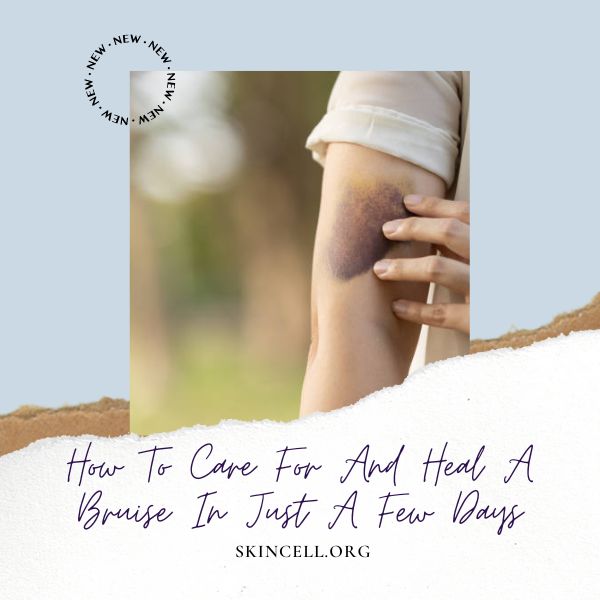
Whether you are often on the receiving end of sports injuries or have recently returned from the dermatologist to find laser-induced bruising, don’t fret. Yes, the black and blue mark looks unattractive, to say the least, but remember that such skin injury can heal quickly.
Unless you have excessive bruising that requires medical care, you can fix the unsightly bruises at home with a few tips we are about to share. So, if you want to get rid of bruises on your arms, legs, or other obvious areas, try a few of these remedies to reduce their appearance-
Why Do Bruises Appear?
But first, why do bruises appear on the skin in the first place? Anyone who is involved in physical activities will know that falling or getting hurt by excessive pressure can leave a dark mark on the skin.
Every patch of skin has a network of tiny blood vessels that get injured and some of these blood vessels burst due to impact. As the blood flow gets impacted, you have blood trapped beneath the skin that forms clots. This clotted blood shows up on the skin as a patch of violet, purple, or light brown.
Essentially, because the skin did not rupture (there wasn’t a cut or blood flow), the tiny blood vessels beneath form a blood clot which is the body’s normal response. With time, the swelling reduces, and most bruises are eventually reabsorbed within a couple of weeks.
Unexplained Causes Of Bruising
Unexplained bruises are more common than you think, and many people may notice blood collecting beneath the skin without any external impact. People with certain medical conditions often experience an issue wherein, unless they strengthen the capillaries, the blood vessels are prone to breaking.
Similarly, bruising occurs when people use blood thinners or have a generally poor diet that does not include vitamin K. In the elderly, senile purpura is a common occurrence in which the blood vessels become fragile and susceptible to ruptures very easily. [1]
13 Ways To Care For And Heal Bruises In Just A Few Days
1. Icing The Area
Once you observe a bruise on your skin, the first thing to try is applying an ice pack to contain the swelling. The application of an ice pack on the bruised area will reduce the size of the injury by slowing down the blood flow in that area. Although it will keep the trapped blood intact, the drop in temperature will prevent blood leaks from the small blood vessels.
If you are using ice, avoid applying it directly to the bruise. Instead, use a soft cloth and have the ice pack wrapped before touching it to the sensitive skin. If you don’t have ready ice in the freezer, use a bag of frozen peas to act as your makeshift ice pack. In emergency situations, you can pull out the pack of frozen peas and apply for 10-minute sessions at a time.
Cartoons depict applying raw meat to get rid of a bruise, but placing bacteria-laden lean meat on your skin is simply a bad idea. It’s not like meat adds any healing or nutritional value to the skin, so steer clear from this method. Applying a cooling agent like ice on the skin is alright, considering you take breaks and apply a few times per day. [2]
2. Heat Therapy
Once a bruise occurs, blood gets trapped beneath the skin and clots in place. While applying cold packs helps reduce the blood flow and allows the bruise to reduce in size, heat can hasten the blood flow and improve circulation. Applying a hot water bottle or a heating pad leads to increased blood flow in the bruised area.
And this will assist in clearing the trapped blood from the wounded area. If you apply heat, another benefit is the relaxation of muscles which also relieves pain and discomfort caused by the injury. If you don’t have heating pads, use a warm bath and dip a towel in it to apply to the affected area.
Some people like to use a combination of hot and cold therapy to get rid of a bruise quickly.
3. Arnica Gels
Essential oils are not the only natural solutions to healing bruises; a herb called arnica is known to be effective in reducing pain and swelling. The herb contains anti-inflammatory compounds that seep into the skin when applied externally and provide a soothing effect.
A few scientific pieces of research found that arnica indeed had a significant improvement on bruised skin. For instance, a 2016 study found that ingesting arnica reduced post-surgery bruising in rhinoplasty candidates. [3]
Arnica products are available on the market in the form of gels, ointments, or oral supplements. Try to look for those that contain at least 20% arnica in the formula for best results. If you are going for oral arnica in tablet or pill form, allow it to dissolve under the tongue for best results.
4. Quercetin Creams
Natural quercetin is a flavonoid found in some fruits and is known to have anti-inflammatory effects when applied to the skin. This can benefit bruised skin and may help bring down the swelling if you apply quercetin-containing creams to the affected area. [4]
Skin creams come in various forms, and some specifically target to heal the vessels beneath the skin. Often such creams and gels will contain other beneficial components like vitamin K or bromelain along with quercetin. You can read the cream packaging to determine if these useful components are present or not.
While a topical application of quercetin is well-known, consuming it may not be safe since it interacts with other medicines. To stay on the safe side, only consume quercetin after consulting a medical care professional.
5. Bromelain Tablets And Gels
Bromelain is essentially an enzyme that naturally occurs in pineapples. Besides other digestive effects on the body, it can reduce swelling and the appearance of bruises due to its anti-inflammatory properties. These effects of bromelain have been studied in clinical trials – it was found that oral intake of bromelain showed significant improvement in swelling after tooth surgery. [5]
But take bromelain tablets with caution as they may cause unnecessary disruption to the digestive system and increase heart rate. Also, if a pineapple allergy is evident, it is best to avoid the consumption of this component. It is recommended to take oral supplements only after consulting with a doctor.
Applying creams and gels is relatively safer, and one can apply bromelain gels on a fresh bruise two or three times a day.
6. Essential Oils
Herbalists claim that home remedies like essential oil blends may be helpful in reducing the appearance of bruises. The following essential oils have shown to benefit swelling and inflammation-
- Frankincense
- Lavender
- Helichrysum
- Rosemary
- Turmeric
It is well known that frankincense improves skin health and reduces inflammation.[6] Lavender is shown to be quite effective in wound healing with little to no side effects when applied in the form of essential oil.[7] Also, helichrysum was found to have anti-hematomal effects that removed the blood clots and cleared the skin of damaged blood effectively.[8] Finally, rosemary has antioxidant effects and can improve the time required to heal, along with assisting in pain reduction. [9]
Studies found that turmeric may play a role in reducing skin discoloration and inflammation on the skin’s surface.
1. Essential Oil Blend For Healing Bruises
The following essential oil blend helps with the healing of wounds and managing pain. Whether the injury is big or small, rubbing some amount topically on the bruised area can fade the bruise effectively.
Ingredients List:
- 5-6 drops of helichrysum oil
- 4 drops of lavender oil
- 3 drops of frankincense oil
- 10 drops of carrier oil (jojoba/coconut)
Preparation Method:
Take a small, clean bowl and add the required amounts of essential oils and mix. Apply the oil blend to the bruise and gently rub till it gets absorbed. When creating larger amounts, store the mixture in a glass bottle with a tight cap and label.
2. Essential Oil Blend To Reduce Swelling
This is another blend you can try to reduce inflammation in the injured area. You can add this mixture to a roller bottle to make it easier to apply without getting the oil on your hands.
Ingredients List:
- 5-6 drops of rosemary oil
- 5 drops of lavender oil
- 3 drops of geranium oil
- 10 drops of carrier oil
Preparation Method:
Take a small glass roller bottle and add all the essential and carrier oils into it. Leave some space for the rollerball to fit in so that you can later use the blend directly from the bottle. Put on the cap and give it a shake to ensure all ingredients have blended. Apply on the required area for a few days until there is a reduction in swelling.
5. Aloe Vera
The gel obtained from aloe vera is an age-old recipe for treating wounds and burns.[10] Some studies also suggest it reduces burning sensation and itchiness, thus providing an overall soothing effect on the skin. Its analgesic and anti-inflammatory properties make it one of the best home remedies for healing a bruise.
Sometimes, increased bruising may occur as a result of itching and excessive rubbing. Applying pure aloe vera gel can significantly improve these issues.
6. Compression
Many injuries show improvement when pressure is applied to the area. The healing process improves when the muscles and tissues are held tightly together, thus preventing blood from leaking to other areas. Bruises heal when a tight elastic bandage is wrapped around the affected spot, but avoid wrapping too tightly; otherwise, it will restrict all blood flow.
Alternatively, you can use a warm washcloth to create a warm compress and manually apply pressure to the bruise.
7. Elevation
The healing process can drastically improve if you take a few quick measures, like elevating the area soon after the injury. Essentially, if the wound happens to be on the legs, raise them above heart level while lying on the bed.
When elevated, the blood flow to those parts is reduced, and that helps in keeping the bruise small. If not, more blood vessels will get flooded with pools of blood, and clearing it will take more time.
8. Rest
This may seem like an obvious solution, but it is important to stop all activity the moment you get hurt. If you get an injury during a sport, do not overexert yourself to continue. Instead, take some rest and elevate the area above the heart level.
Avoid pressing or poking the area because that may increase blood flow and worsen the bruise.
9. Vitamin C
Vitamin C has various properties that can help heal a wound. It controls inflammation and is integral for skin health. One can consume vitamin C in the form of supplements or apply vitamin C-infused creams and gels to the affected area.
A 2009 study suggested that a deficiency of vitamin C in the diet could lead to excessive bruising in certain individuals.[11] Once the individual was put on supplementation of vitamin C with thiamin and multivitamins, the severe bruising showed signs of reduction.
10. Diet
Speaking of vitamin C, oral intake of essential vitamins and minerals is crucial for skin health, and deficiencies in blood could be linked to bruising. Apart from vitamin C, it is essential to restore the balance of zinc and bioflavonoids to strengthen the capillaries.
Citrus fruits like oranges, lemons, and tangerines are a good source of acquiring vitamin C naturally. Consuming lean proteins like fish and poultry can maintain the blood vessels. Similarly, food naturally rich in quercetin like apples, red onion, cherries, berries, and leafy green vegetables can have beneficial effects on the skin.
For bromelain, eating pineapples could definitely help. Apart from that, food containing zinc like pumpkin seeds, spinach, lobster, crab, and legumes need to be eaten in plenty for their tissue-healing effects.
Finally, a regular diet should prevent vitamin K deficiency by including soybeans, blueberries, strawberries, spinach, broccoli, kale, and Brussel sprouts.
11. Vitamin K Creams
Vitamin K is an essential component of the blood because it assists in blood clotting. If you want the bruise to heal effectively, the obvious solution would be to take vitamin K supplements. However, this may not be the best idea because it may interact with other medicines like blood thinners, and a doctor’s recommendation may be required.
On the other hand, applying creams that contain vitamin K may be the superior way to use this vitamin. According to a study, the application of vitamin K in the form of the topical gel after a cosmetic procedure has fewer bruises as compared to those that didn’t. [12]
Using vitamin K-rich creams and gels is relatively safe and does not show any side effects. To find a good cream, look through the ingredients list to check if they have vitamin K listed. Since these creams are effective and available over the counter, you can try using them to reduce the appearance of bruises on the skin.
12. Toothpaste
This might sound strange, but minty toothpaste may actually help in lightning bruises. Take your usual toothpaste and apply it to the skin that is bruised. Of course, the skin should not have any cuts because that will further irritate the sensitive area. Also, only a fluoride toothpaste will do, so make sure you use one.
For best results, cover the skin with a band-aid after applying the paste and leave it overnight. The paste should relieve the blood clots that form on the bruise.
13. Salt And Butter
This might be another tip that you might not have expected – using salt and butter on the bruise. The thing is, butter has phosphates which, when topically applied, can help rebuild the blood vessel cell walls. Take some amount of butter and mix it with salt and apply. It can possibly assist in healing the wound faster.
When To See A Doctor
Trying home remedies for minor bruises is viable; however, in a medical condition with a broken bone and severe pain, you must see a doctor. If you think there might be a fracture underneath the bruised skin, check with orthopedic surgeons to rule out any such incident.
Also, there are some cases where bruises may develop on the skin for no apparent reason or appear after a new medication. In such cases, it is best to consult a healthcare professional to investigate the cause of the bruises.
If bruises do not go away easily, the fields of clinical and aesthetic dermatology have many solutions to deeper wounds that you could explore.
Final Words
With the tips mentioned in this article, you should have healthier-looking skin in as little as a week. Everybody reacts differently to various solutions, but you can try one or more methods that are convenient and see the difference for yourself.
If the bruise marks do not reduce even after trying a few of these remedies, it may be possible due to blood-thinning medications. All in all, if there is no improvement, do not hesitate to visit the doctor to heal the bruise.
References
[2]https://www.urmc.rochester.edu/encyclopedia/content.aspx?contenttypeid=85&contentid=p00918
[4]https://www.ncbi.nlm.nih.gov/pmc/articles/PMC7254783/
[5]https://www.joms.org/article/S0278-2391(14)00093-7/fulltext
[6]https://www.ncbi.nlm.nih.gov/pmc/articles/PMC5801908/
[9]https://www.intechopen.com/chapters/53507
[10]https://www.ncbi.nlm.nih.gov/books/NBK92761/

